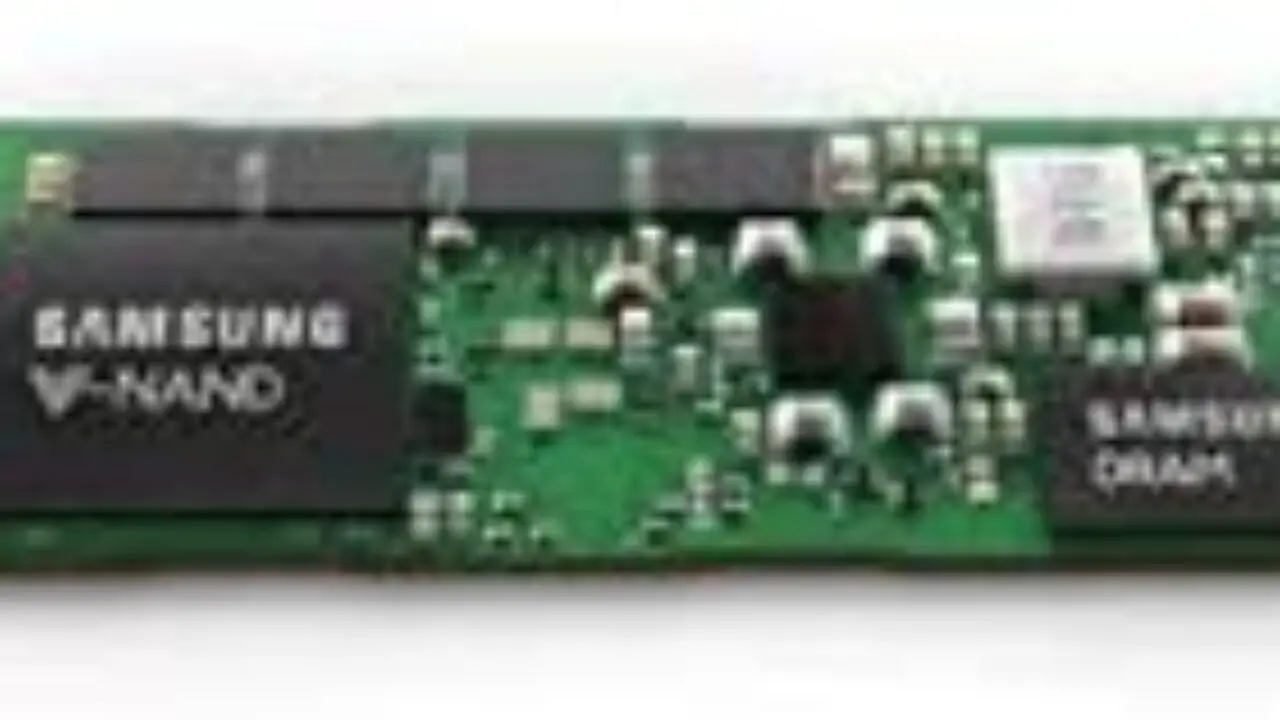Solid-state drives (SSDs) have become a popular choice for computer users because of their faster read/write speed, reduced boot time, and better overall performance. However, like any electronic device, SSDs also have a limited lifespan. In this article, we will discuss some simple tips and tricks that can help extend the life of your SSD.
A solid-state drive (SSD) is a type of storage device that uses NAND-based flash memory to store data. Unlike traditional hard disk drives (HDDs), SSDs have no moving parts, which makes them faster, more reliable, and less prone to damage. However, SSDs also have a limited lifespan and can wear out over time due to frequent read/write operations.
Understanding the SSD Lifespan
The lifespan of an SSD depends on several factors, including the quality of the flash memory chips, the number of read/write operations, and the temperature of the drive. The lifespan of an SSD is measured in Terabytes Written (TBW), which represents the total amount of data that can be written to the drive before it starts to degrade.
Most modern SSDs have a TBW rating of several hundred terabytes, which means that they can last for several years under normal usage. However, if you use your SSD heavily or expose it to high temperatures, its lifespan can be significantly reduced.
Tips to Extend SSD Lifespan
Here are some simple tips and tricks that can help you extend the lifespan of your SSD:
Trim your SSD regularly
Trim is a command that allows the operating system to inform the SSD which blocks of data are no longer in use and can be safely deleted. Regularly running the Trim command can help free up space on your SSD and extend its lifespan. You can enable Trim in Windows by opening Command Prompt as an administrator and typing “fsutil behavior set DisableDeleteNotify 0”.
Avoid filling your SSD to capacity
SSDs work best when they are not full to capacity. Keeping at least 10% of the SSD free will help ensure that it can perform optimally and extend its lifespan.
Disable Indexing and System Restore
Indexing and System Restore are two Windows features that can write a lot of data to your SSD, which can reduce its lifespan. Disabling these features can help extend the life of your SSD. To disable Indexing, go to Control Panel > Indexing Options > Modify and uncheck all locations. To disable System Restore, right-click on My Computer > Properties > System Protection > Configure and select “Turn off system protection”.
Minimize the Use of Swap Files
Swap files are used by the operating system to free up RAM when it is running low. However, using swap files can also cause a lot of read/write operations on your SSD, which can reduce its lifespan. You can minimize the use of swap files by adding more RAM to your system or by disabling the swap file altogether.
Enable Write Caching
Write caching is a feature that allows the operating system to store data in a cache before writing it to the SSD. This can help reduce the number of write operations on your SSD and extend its lifespan. To enable write caching, go to Control Panel > Device Manager > Disk Drives > Properties > Policies and select “Enable write caching on the device” and “Turn off Windows write-cache buffer flushing on the device” options.
Use High-Quality Power Supply
Power supply fluctuations can cause damage to the SSD and reduce its lifespan. To avoid this, it is important to use a high-quality power supply with proper voltage regulation and surge protection.
Avoid Heavy Usage and High Temperatures
SSDs are sensitive to high temperatures, which can cause damage to the drive and reduce its lifespan. To extend the life of your SSD, it is important to avoid heavy usage and keep the temperature of the drive within safe limits.
Conclusion
By following the above tips and tricks, you can extend the lifespan of your SSD and ensure that it performs optimally for years to come. Regularly running the Trim command, avoiding filling your SSD to capacity, disabling Indexing and System Restore, minimizing the use of swap files, enabling write caching, using high-quality power supply, and avoiding heavy usage and high temperatures can all help to extend the life of your SSD.
FAQs
- How often should I run the Trim command on my SSD?
- You should run the Trim command at least once a month to ensure that your SSD stays healthy.
- Is it safe to disable Indexing and System Restore on my SSD?
- Yes, it is safe to disable Indexing and System Restore, but you may lose some functionality.
- How much free space should I keep on my SSD?
- It is recommended to keep at least 10% of the SSD free to ensure optimal performance.
- Can using swap files damage my SSD?
- Using swap files can cause a lot of read/write operations on your SSD, which can reduce its lifespan.
- What is the best way to keep the temperature of my SSD within safe limits?
- You can keep the temperature of your SSD within safe limits by avoiding heavy usage and ensuring proper ventilation and cooling in your computer case.
